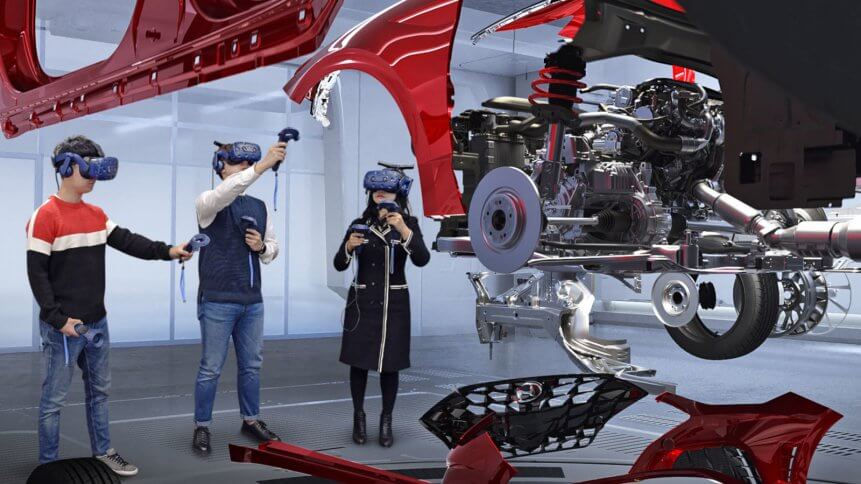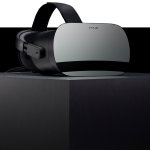Hyundai and Kia reach a new milestone with VR technology

In 2030, the global virtual reality (VR) market is expected to surge up to US$28 billion, driving regions across the globe to extend their views on the potentials of this technology.
The US has stamped its ground as a consistent and mature investor in the technology claiming close to two-thirds of global investment (62 percent) and this figure is predicted to grow the fastest in the next five years.
Meanwhile, across the Atlantic ocean, countries, including China, Australia, Korea, and Japan, are gaining momentum in expanding the VR market.
One particular industry—automotive—has been topping headlines with leveraging VR technology for design and development.
Swedish carmaker Volvo uses VR headsets to accelerate its design process, from factory floor planning to quality control and safety, and taking a step further by allowing customers to have a go on the design process such as ‘stitching’ the seat covers.
Now, Hyundai Motor Company and Kia Motors Corporations have released a new VR design evaluation system to enhance vehicle development processes.
Hyundai and Kia’s new VR design evaluation system
The new system runs on several development applications and allows teams of designers and developers to carry out vehicle design quality assessments and development verification processes.
Early this year, the technology was developed as part of a US$12.8 million fund from the Namyang Research and Development Center announced by Hyundai and Kia. The new system is expected to reduce vehicle development times by 20 percent and lower annual development costs by 15 percent.
Moreover, the new VR design evaluation system is set to promote greater collaboration between engineers and developers.
In a virtual design environment, the system supports up to 20 users, with sensors detecting and tracking the movements of each user, providing real-time updates.
The seamless design of the system allows designers to more efficiently review a multitude of design concepts in the early stages of the development process.
YOU MIGHT LIKE

VR is being used at ‘nano-level’ in big pharma
Furthermore, the new system utilizes three-dimensional Computer Aided Design (CAD) designs as compared to the previous two-dimensional analysis.
Presently, the new system is capable of 100 percent accuracy equivalents and every stage of the vehicle development process can be accessed in greater detail and clarity.
This is applied to accessing the operations and quality of single vehicle components, such as doors, trunk lids, engine hoods as well as windshield wipers in simulation.
Besides that, the system allows the team to test vehicle ergonomics and aerodynamics more efficiently, clearly accessing safety and quality through advanced means.
“The virtual development process is a necessary step for responding quickly and reacting with agility to the needs of customers and paradigm shifts within the automotive industry.
“Through reinforced virtual processes, we will enhance quality and profitability, ultimately increasing investment in R&D to secure competitiveness in future mobility,” said Albert Biermann, Head of Research and Development Division for Hyundai Motor Group.
As for future plans, the automotive duo plans to venture further into the potential of immersive experience through XR devices and introduce VR technologies in production and assembly lines.
Hyundai and Kia’s new VR design evaluation system is an evidence of the technological disruption in the automotive industry and an example of how leaders of the industry are embracing next-gen technologies to accelerate forward in the digital lane.









